Tool:
- Automobile compressor
- Air blow gun
Parts and consumables:
- Brake fluid (DOT-4 plus type)
- rags
Notes:
This article describes how to add brake fluid to a Mercedes Benz Vito.
We recommend checking the brake fluid level before each ride and topping up the reservoir if necessary. When changing the brake fluid, remember or write down the brand of fluid filled into the system so that when topping up, use the same brand of fluid.
The reservoir is located on the master brake cylinder closer to the left side of the car. The reservoir of the master brake cylinder simultaneously serves as a supply reservoir for the master cylinder of the hydraulic clutch release.
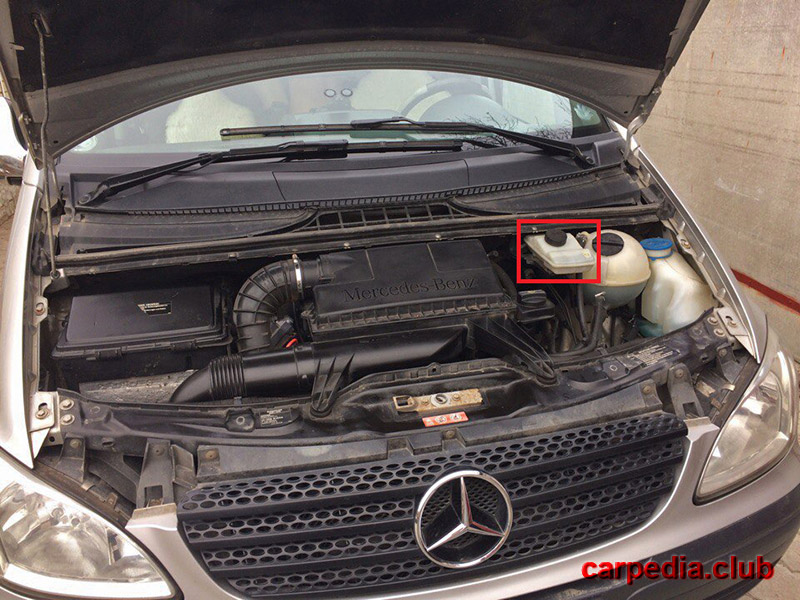
Warning:
Be careful when handling brake fluid, it is toxic.
1. Park the vehicle on a level surface and open the hood as described in this article .
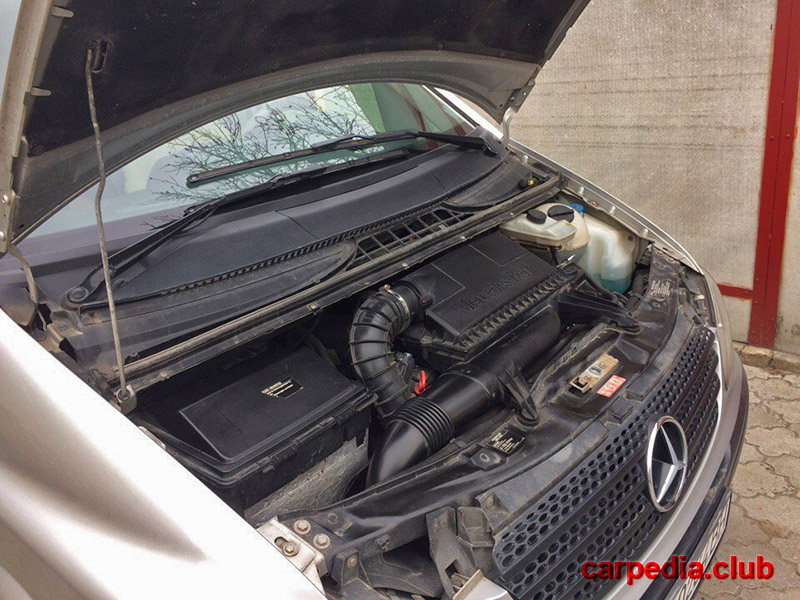
2. Check the brake fluid level in the reservoir. It should be between the " MIN " and " MAX " marks on the tank body.
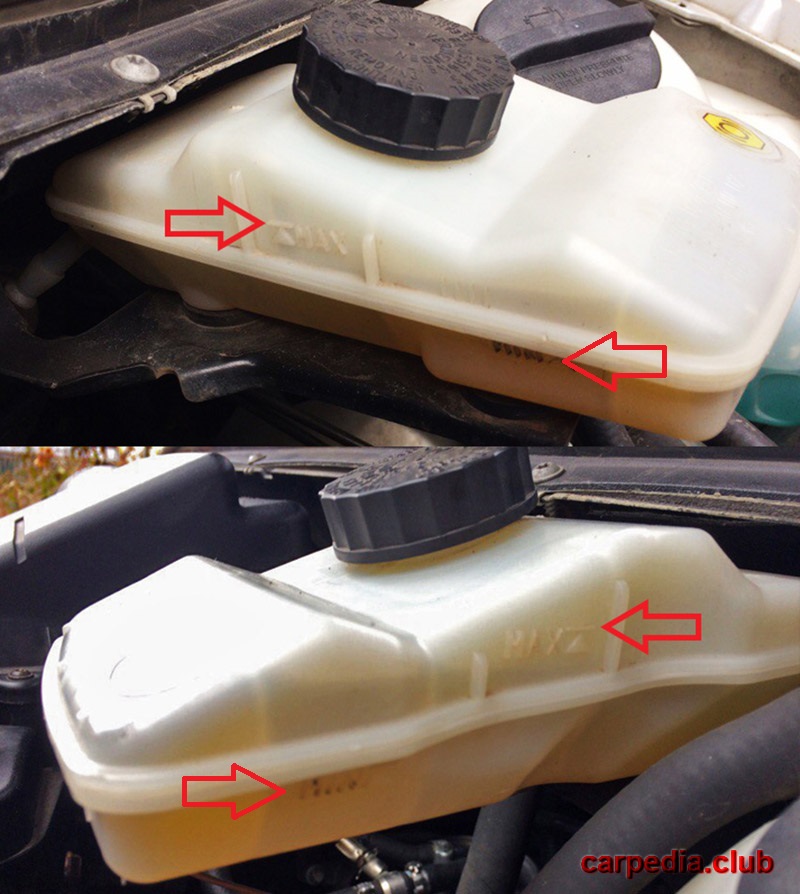
Brake fluid level marks in the reservoir for Mercedes Benz Vito.
Warning:
Do not allow the liquid level to drop below the MIN mark .
3. To add liquid to the reservoir, turn the reservoir cap counterclockwise and remove the cap from the reservoir.
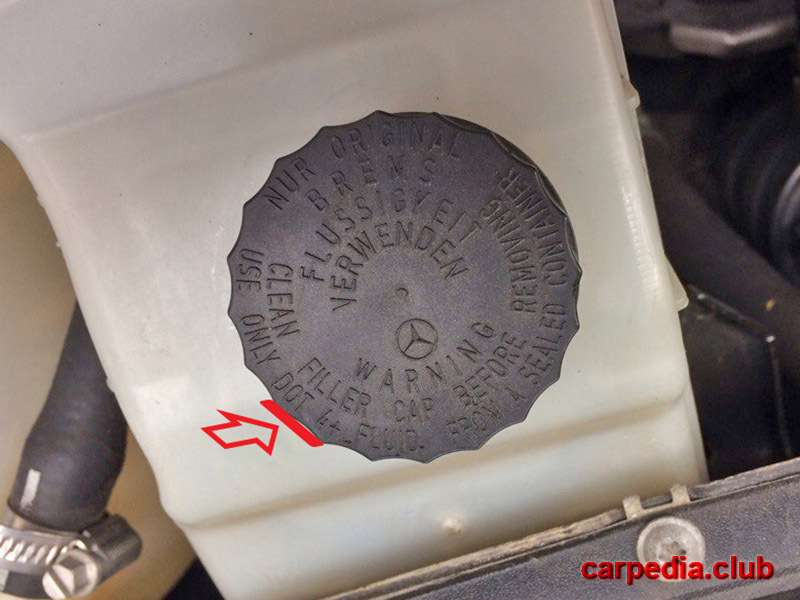
Brake fluid cap for Mercedes Benz Vito.

Note:
DOT-4 Plus fluid must be used.
4. Add liquid to the tank to the required level.
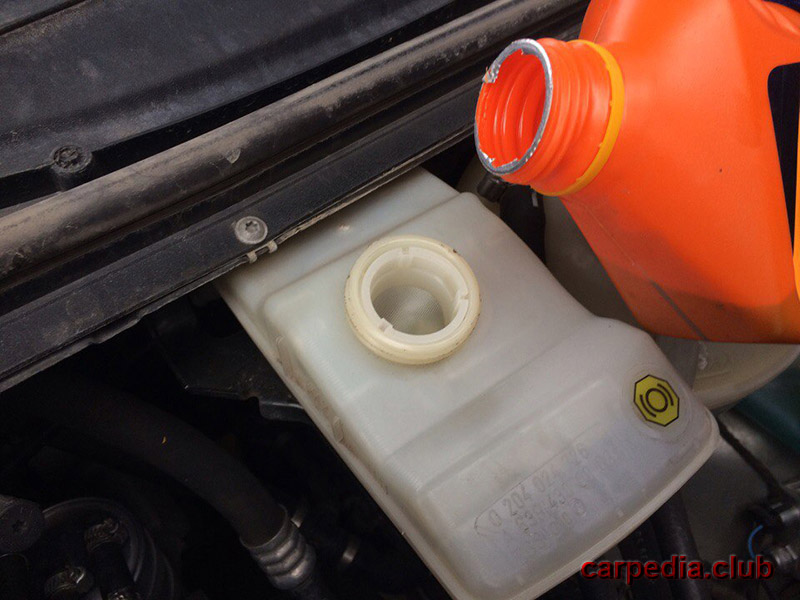
Adding brake fluid to a Mercedes Benz Vito.
Warning:
Contact with brake fluid on wires, plastic or painted parts of the body can cause damage. Therefore, always place clean rags when pouring. If liquid comes into contact with these parts, wipe them off immediately with a clean cloth.
5. A mesh is installed in the tank so that dirt does not get into the brake tank and, if necessary, it must be cleaned. Remove the mesh from the tank and blow it with compressed air.
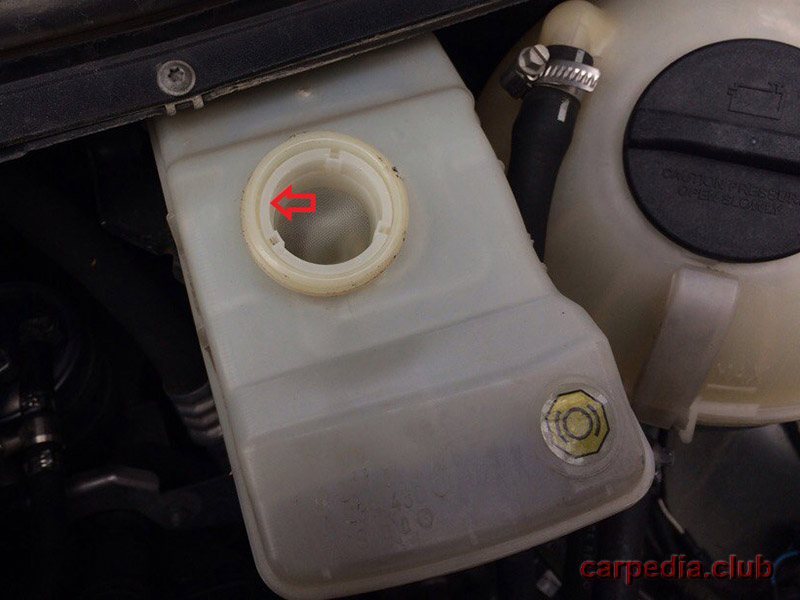
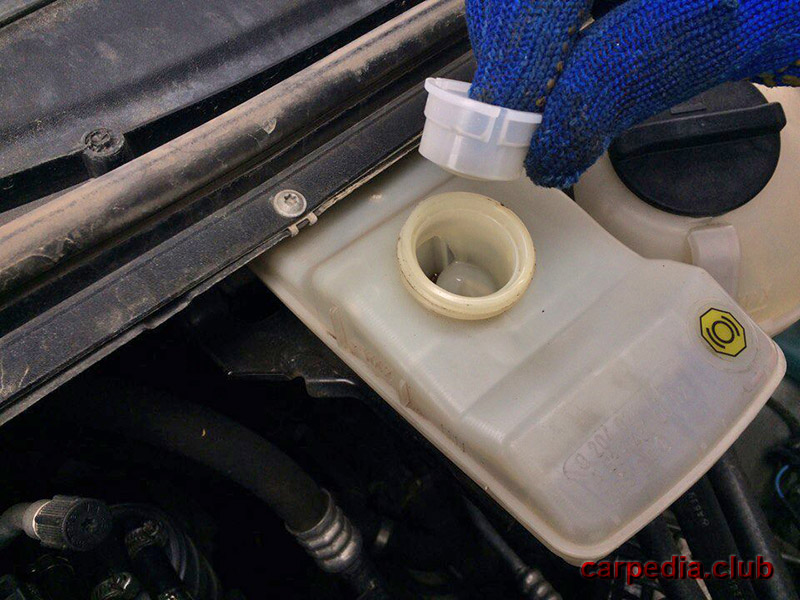
6. Install the mesh and tightly tighten the cap of the brake fluid reservoir.
Useful advice:
If the level of the working fluid in the reservoir is constantly decreasing, then there is most likely a leak in the Mercedes Vito brake system. In this case, it is necessary to check the tightness of the hydraulic drives of the brake system and eliminate the malfunction. If there are no leaks, it most likely indicates the need to replace the brake pads. Untimely replacement of pads leads to costly repairs (replacement of brake discs, drums, calipers).
The article is missing:
- Tool photo
- Photo of parts and consumables
Source: carpedia.club
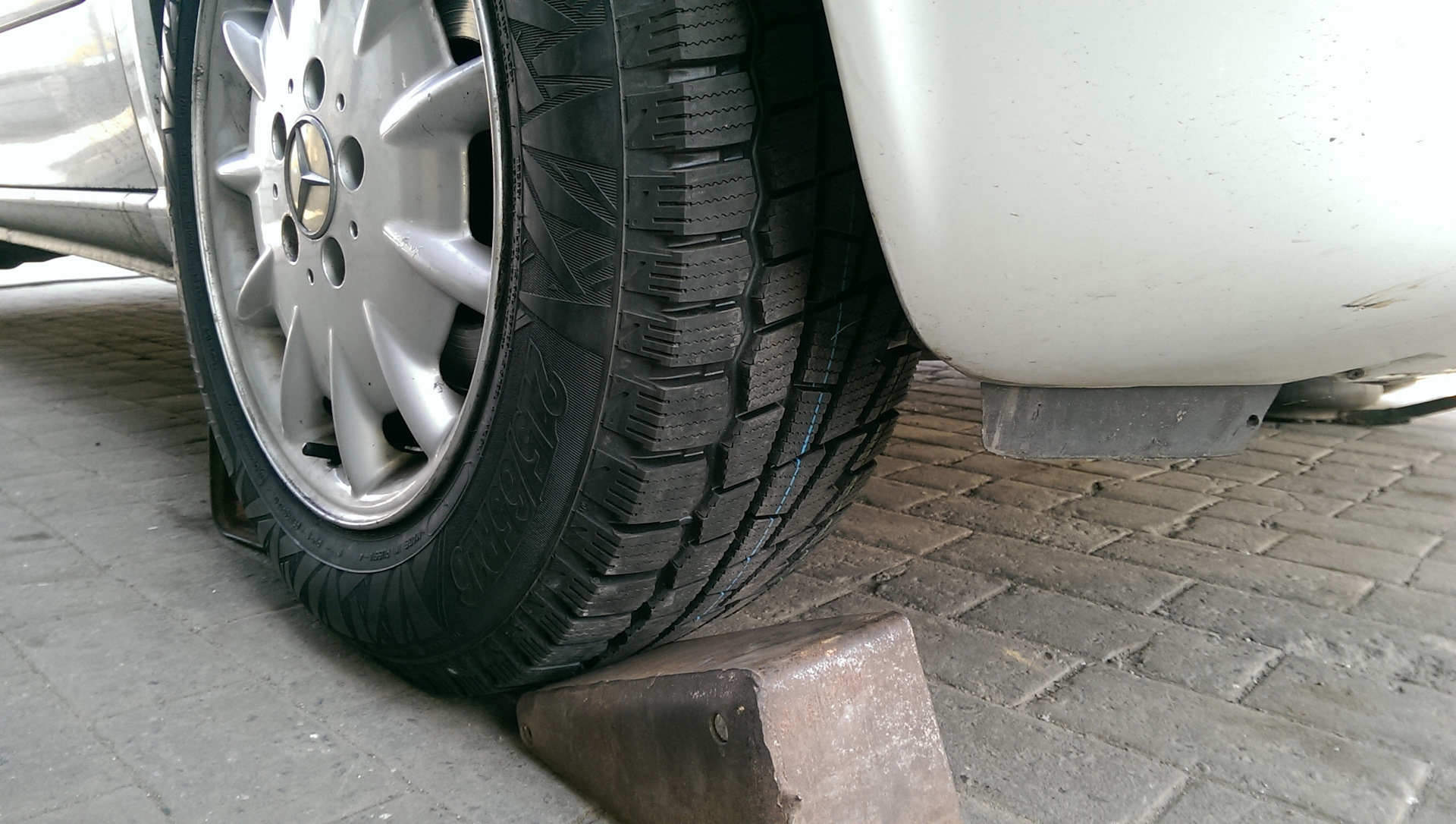
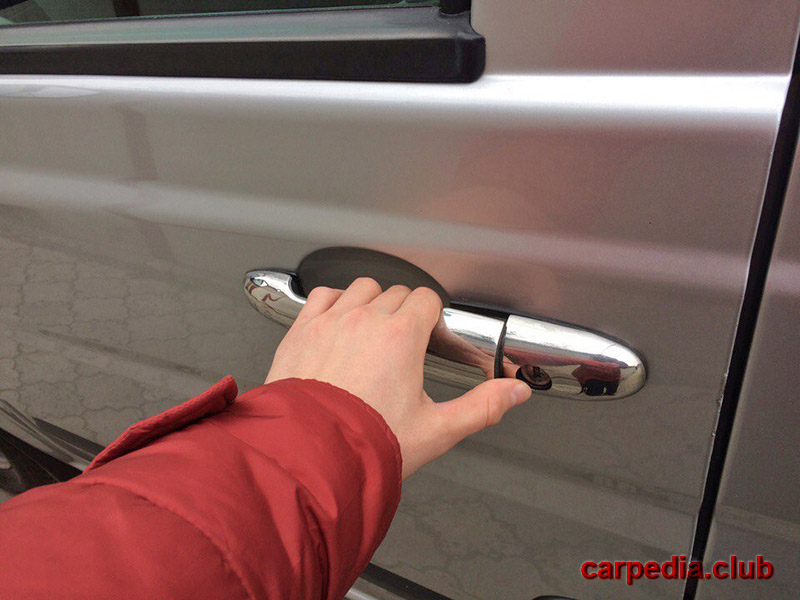
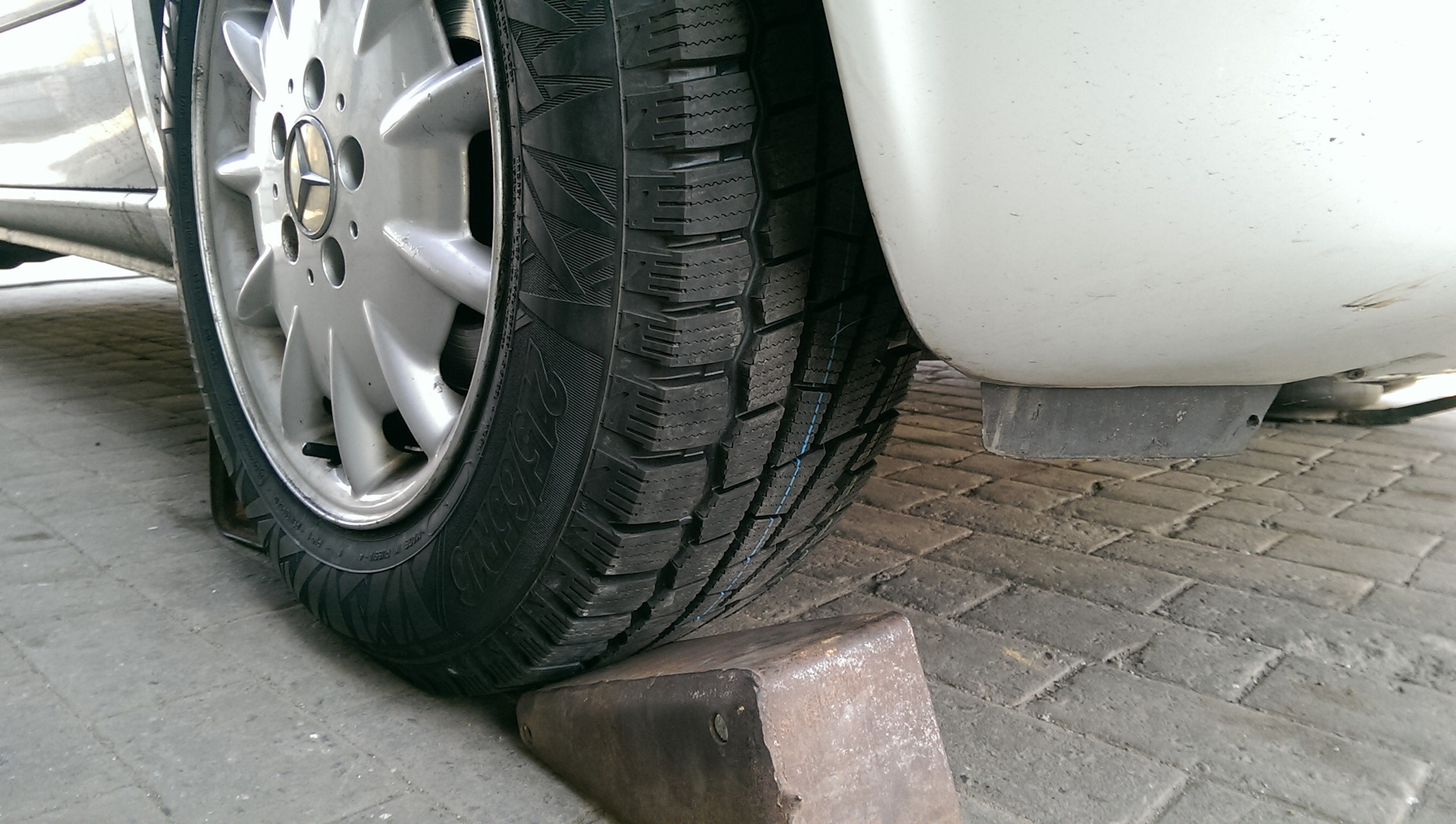
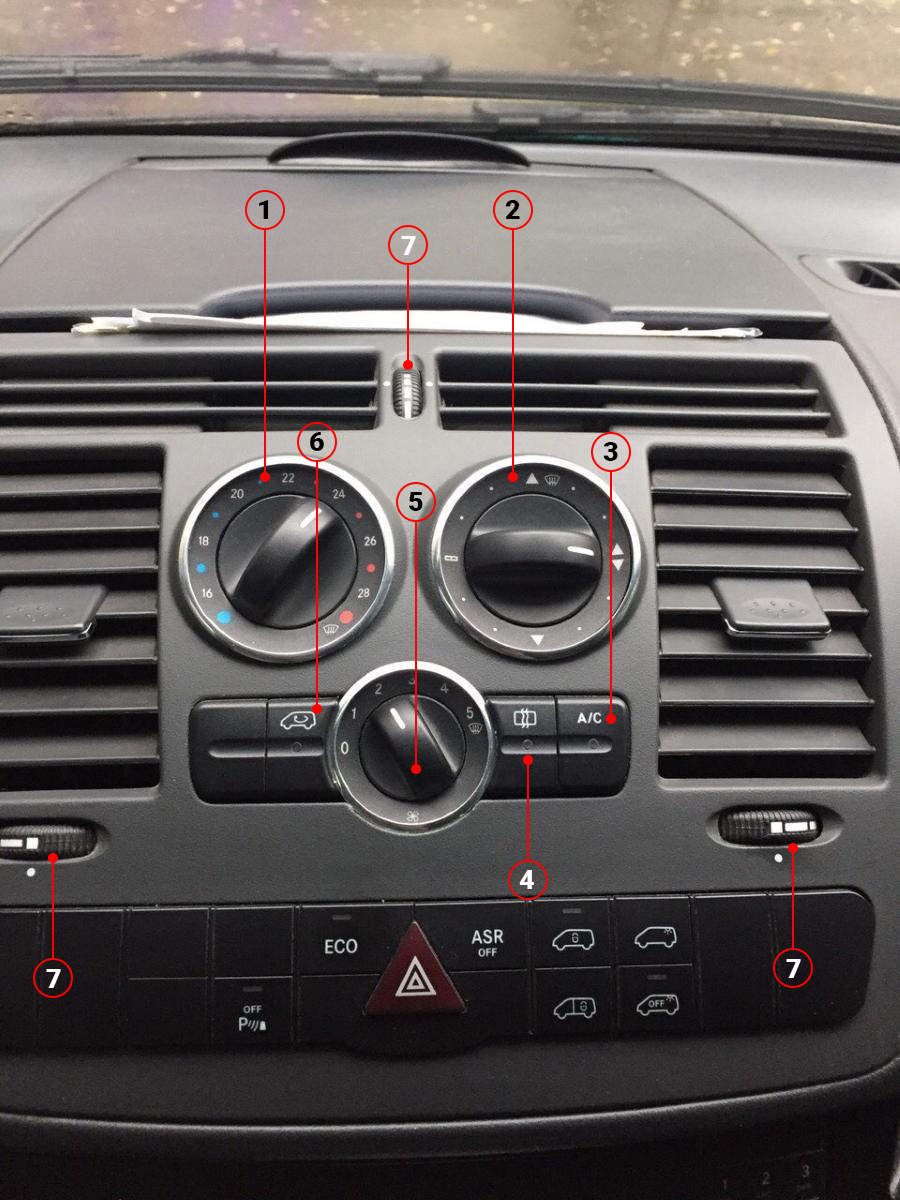
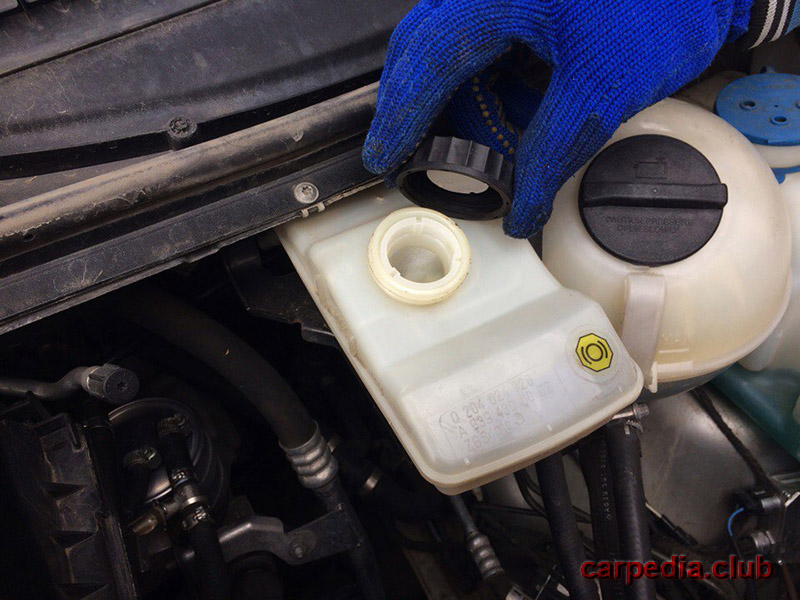

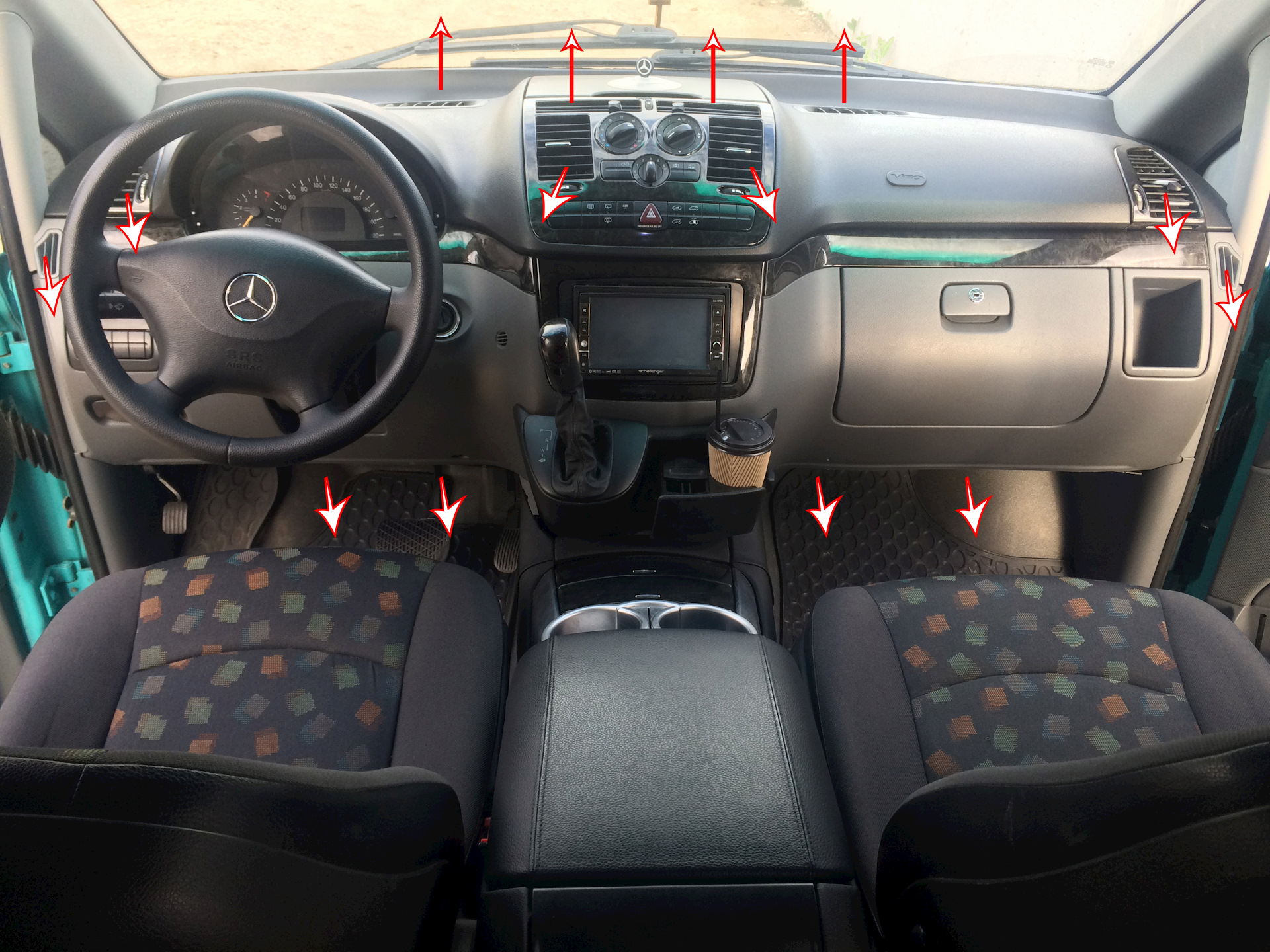
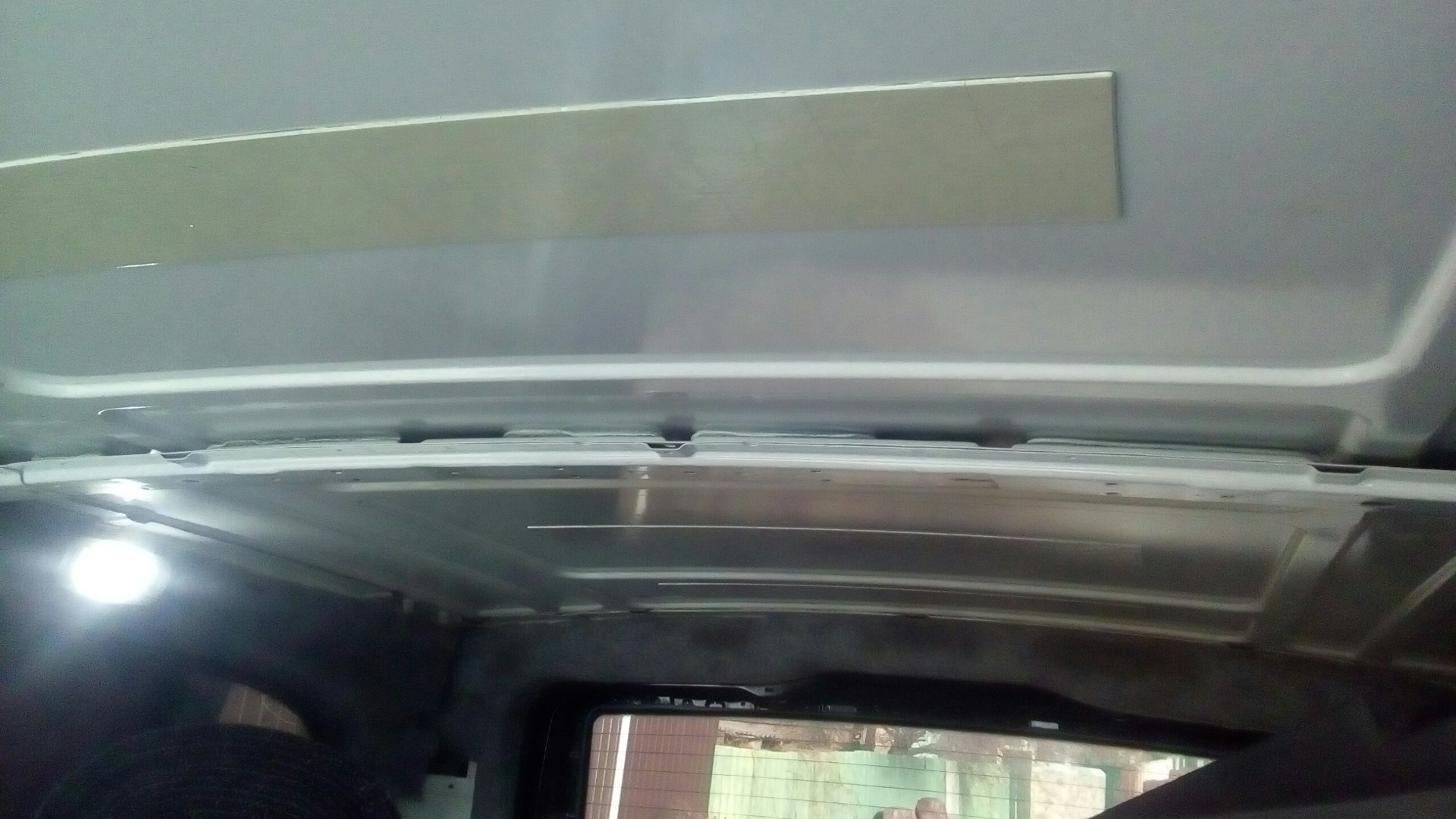
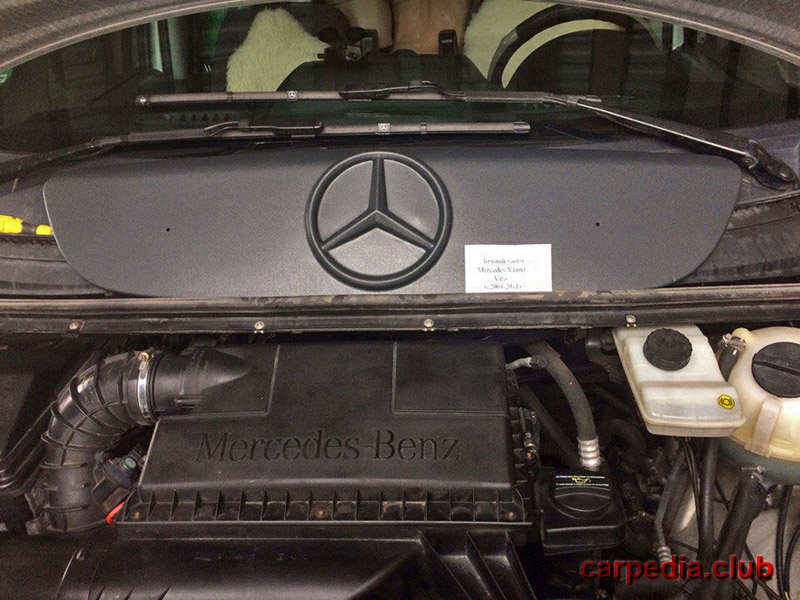
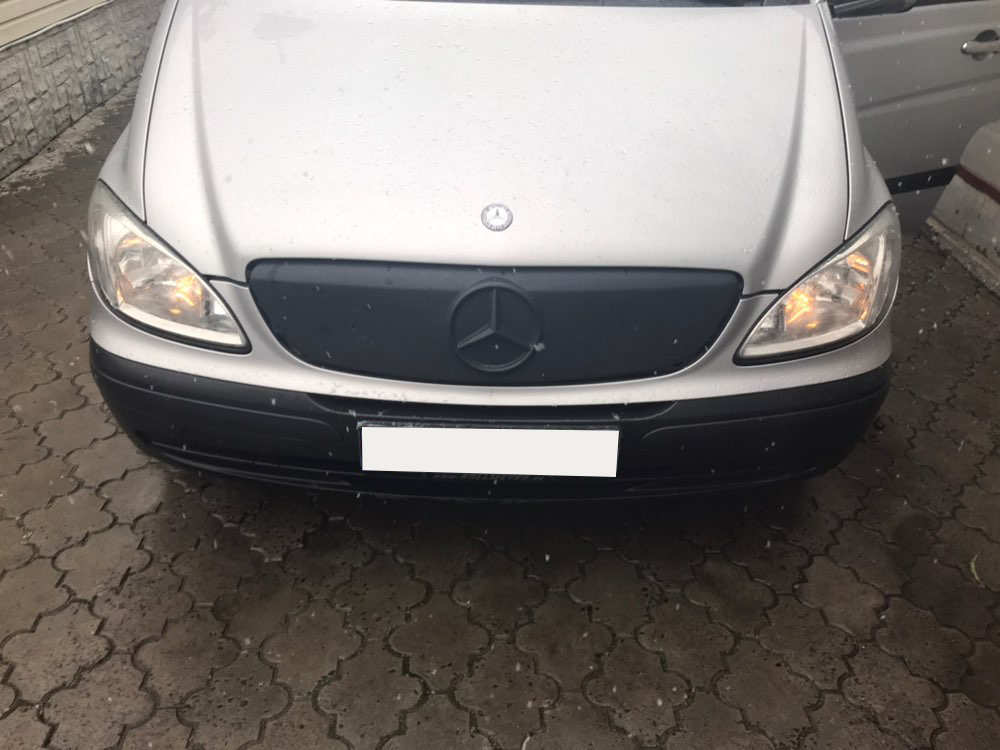
![W638 [1996 - 2003]](/uploads/Mercedes-Benz_Vito_I_W638_1996_-_2003_.jpg)
![W639 [2003 - 2010]](/uploads/Mercedes-Benz_Vito_2013.jpg)
